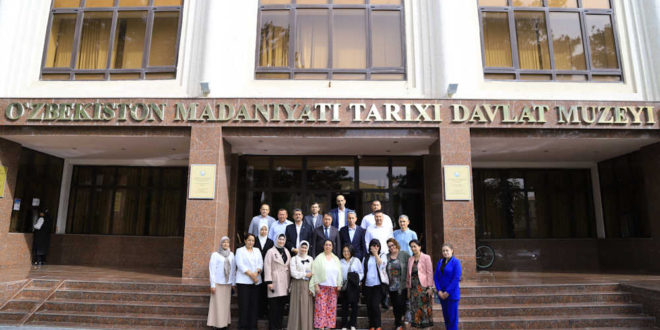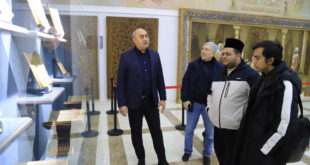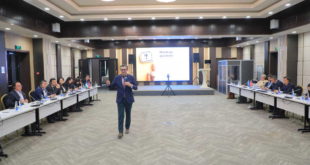Today, on May 2, the seminar-training on “Elements of codicology of Central Asian manuscripts” continued at the Imam Bukhari International Scientific Research Center in cooperation with the Samarkand State Museum-Reserve under the Cultural Heritage Agency.
The second day of the conference, which was attended by scientists and researchers of educational, scientific and cultural institutions from different parts of the country, scientific staff of the Center and scientists from France, Turkey and Kyrgyzstan, began with the theoretical part on the study of manuscripts. In it, a large space was allocated for small, medium and large formats of manuscripts. It is noted that the most common of these are the medium formats, and more examples of the Qur’an belong to this format category. This format is widely popular for ease of use.
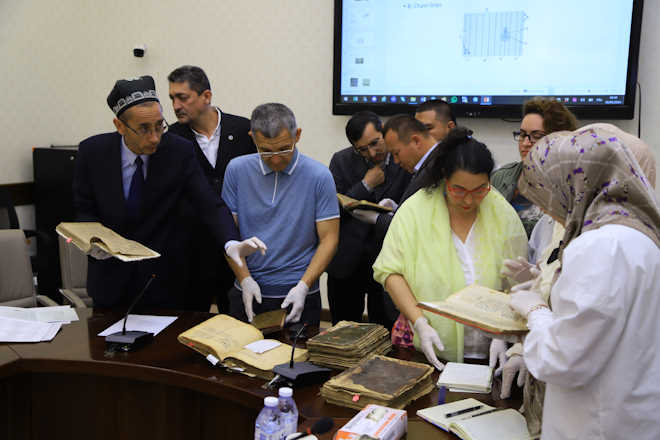
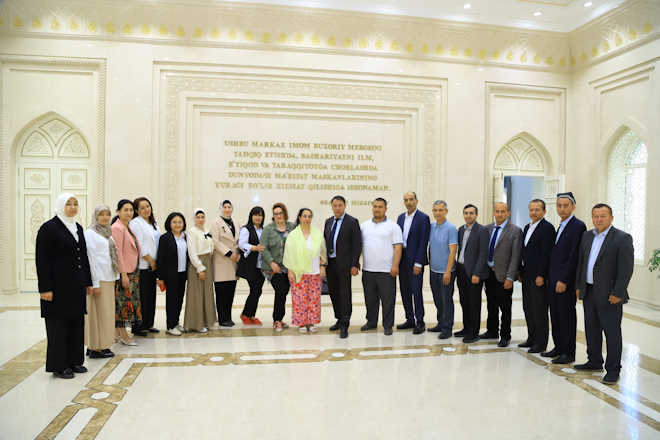
Mari Efthymiou, the main trainer of the seminar, also focused on the Qur’an manuals. There are two types of them, i.e. copied by hattots and by students in the course of education, and they differ from each other in terms of paper quality, courtesy and other aspects. The researcher gave more detailed information about the copies of the Qur’an kept in the funds of our country. The instructor also paid special attention to the description of the requirements specific to Central Asian manuscripts, the history of their creation, and their role in restoration work today.
The main part of the training consisted of theoretical exercises. The participants performed the codicological study of the sources on the example of the manuscript copies stored in the Center’s fund. The preparation of the paper, the traces left as a result of this process, the composition of the paper, stitching, forms of covering, and the period it belongs to were visually studied.
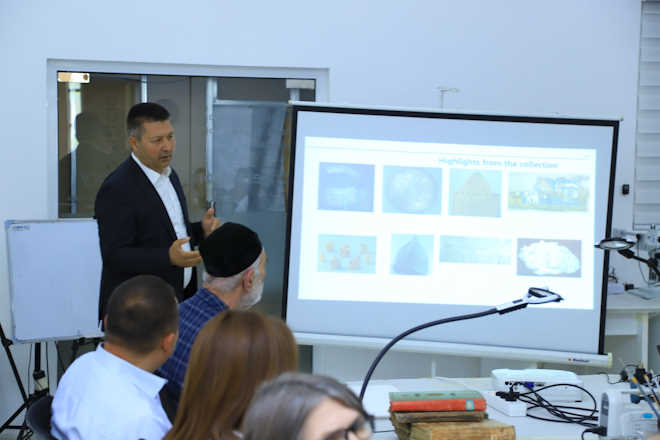
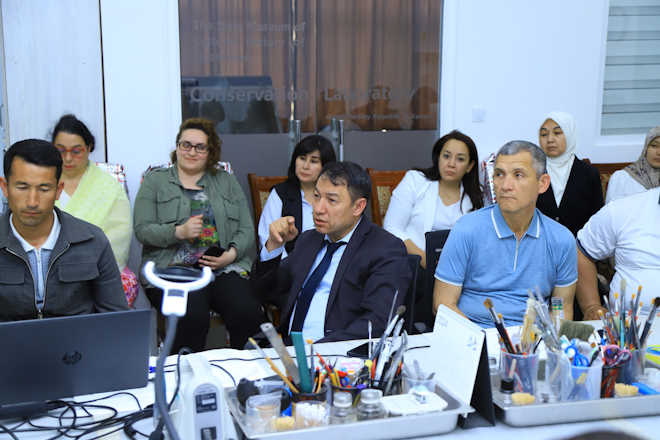
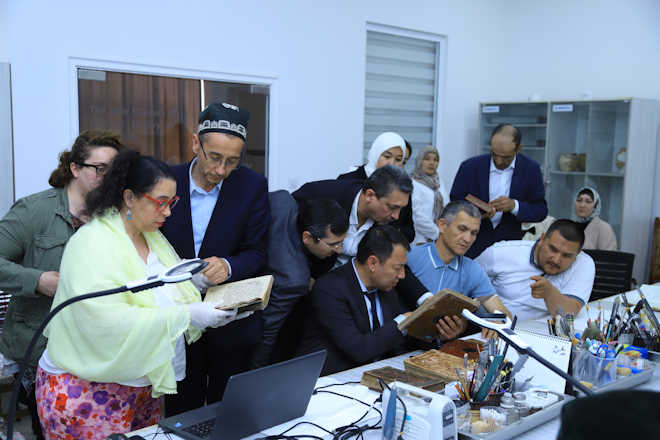
In the afternoon, the seminar continued its work at the Samarkand State Museum-Reserve. In its main part, the restoration workers of the museum described their experience in restoring manuscripts. The participants got to know the activities of the museum and the exhibits and manuscripts stored in it.
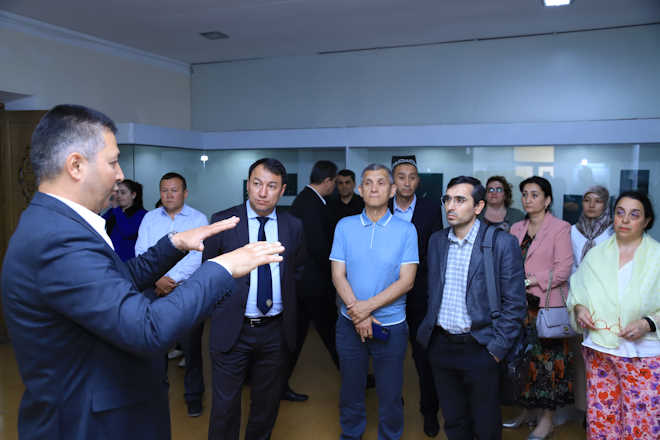
The seminar turned into a lively discussion panel. In it, participants had the opportunity to gain theoretical and practical knowledge and skills, as well as to discuss in detail the obstacles and problems encountered in their work experience and their solutions.
 Imom Buxoriy xalqaro ilmiy-tadqiqot markazi bukhari.uz
Imom Buxoriy xalqaro ilmiy-tadqiqot markazi bukhari.uz
